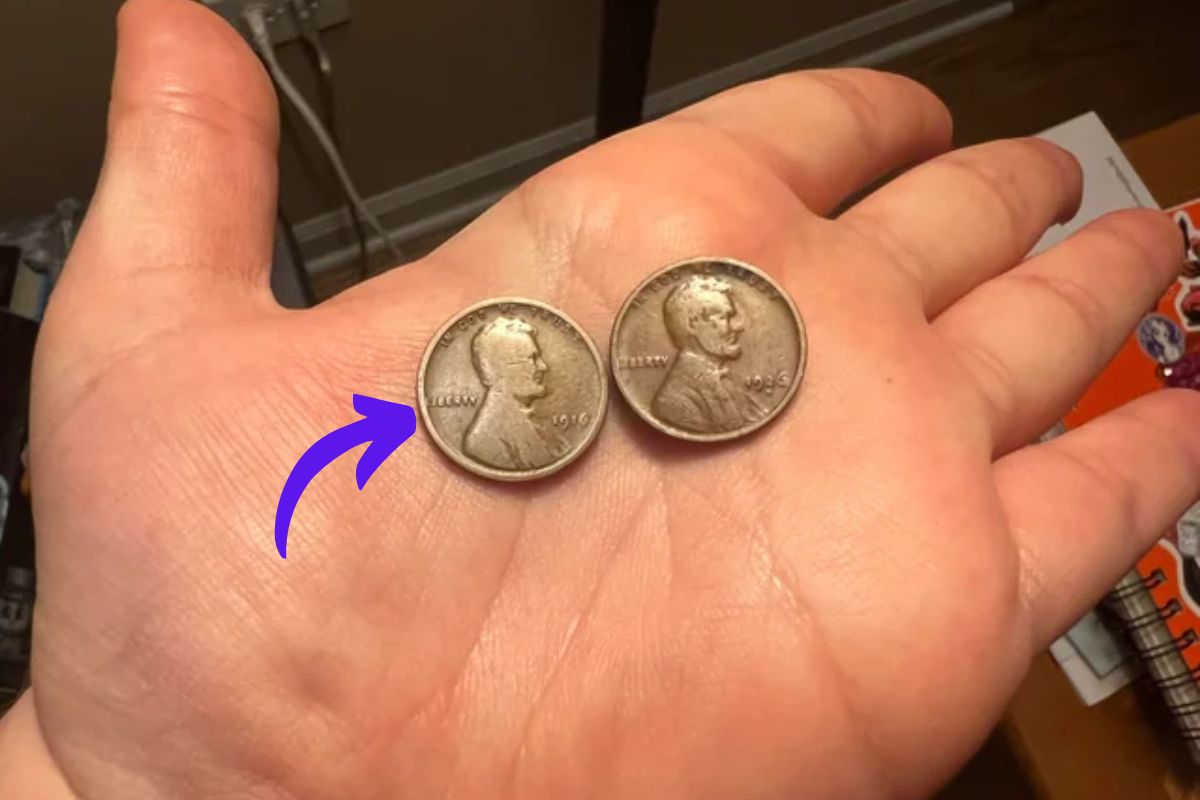Did you know a small, ordinary-looking penny could be worth millions of dollars? One of the rarest and most valuable coins in the world is the Lincoln Wheat Penny, and recently, one of these coins was valued at a jaw-dropping $44 million.
What makes this coin so valuable, and could you have one in your pocket? Let’s take a closer look at this incredible discovery.
A Brief History of the Lincoln Wheat Penny
The Lincoln Wheat Penny, or “Wheatie,” was first introduced in 1909 to celebrate the 100th birth anniversary of Abraham Lincoln. It was produced until 1958 and featured two iconic designs: Lincoln’s portrait on the front and wheat stalks on the reverse. This design symbolized growth, prosperity, and America’s agricultural roots.
Although millions of Wheat Pennies were minted over the years, only a few have become highly sought after due to errors, limited production, and historical value.
What Makes the $44 Million Lincoln Wheat Penny Special?
Several factors contribute to the Lincoln Wheat Penny’s high value, particularly the rare versions that collectors crave. Here’s what made the $44 million coin so valuable:
1. Minting Errors
- One of the key reasons this penny reached such an astronomical value is a rare minting error. Mint errors, such as double-die strikes or incorrect materials being used, can dramatically increase a coin’s worth.
- The most famous example is the 1943 copper penny, which was mistakenly made using copper instead of steel during World War II. Only a handful of these exist, making them extremely valuable.
2. Limited Edition and Unique Characteristics
- Coins from years with low production runs, like the 1909-S VDB Wheat Penny, are considered rare and can fetch high prices.
- In the case of the $44 million penny, it was the combination of a minting error and its pristine condition that made it a one-of-a-kind treasure.
3. Condition and Preservation
- Coins in excellent or uncirculated condition are worth more than heavily worn ones. The $44 million penny was in near-perfect condition, which contributed significantly to its value.
- Professional grading systems (such as the Sheldon Scale) are often used to rate a coin’s condition and establish its market value.
How to Identify a Rare Lincoln Wheat Penny
You don’t need to be a professional collector to recognize a potentially valuable penny. Here’s what you should look for:
1. Check the Year
- Certain years are more valuable than others. Look for pennies minted in 1909-S VDB, 1914-D, 1922 (no mint mark), and 1943 copper.
2. Inspect the Mint Mark
- Coins minted in San Francisco (marked “S”) and Denver (marked “D”) are often more valuable than those from Philadelphia (no mint mark).
3. Search for Minting Errors
- Double-die errors, off-center strikes, or pennies with letters overlapping are highly prized by collectors.
4. Evaluate the Condition
- The better the condition, the higher the value. Even minor wear can significantly impact the coin’s worth.
Steps to Take If You Think You Have a Rare Penny
If you find a Lincoln Wheat Penny that could be valuable, here’s what to do next:
- Do Not Clean It: Cleaning a coin can reduce its value by damaging its surface.
- Research the Year and Mint Mark: Use online resources or coin-collecting guides to determine its potential worth.
- Get It Professionally Appraised: A coin expert can verify its authenticity and value.
- Store It Safely: Place the coin in a protective case to prevent damage.
Why Are Rare Coins Still in Circulation?
It’s surprising to think that coins worth millions could still be in circulation, but it happens for several reasons:
- Lack of Awareness: Many people don’t recognize the value of rare coins and spend them as ordinary currency.
- Passed Through Generations: Rare coins may be handed down in families without anyone realizing their worth.
- Lost and Rediscovered: Some rare coins are found in old piggy banks, jars, or hidden in storage.
This means that a potentially valuable Lincoln Wheat Penny could be lying unnoticed in your loose change or old coin collections.
The Lincoln Wheat Penny valued at $44 million is more than just a collectible—it’s a symbol of history, rarity, and unexpected fortune. While most pennies are only worth their face value, some can change lives with their immense worth.
If you have a Wheat Penny lying around, it’s worth checking its date and condition. Who knows? You could be holding a small treasure with a big payday.
Whether you’re a seasoned coin collector or a curious individual, always keep an eye on your pocket change. The next rare discovery could be just one penny away!
FAQ’s
Why is the Lincoln Wheat Penny so valuable?
The Lincoln Wheat Penny is valuable due to factors like minting errors, limited production, and historical significance. Specific versions, such as the 1943 copper penny or the 1909-S VDB, are rare and highly sought after by collectors.
Which Lincoln Wheat Pennies are worth the most?
The most valuable Lincoln Wheat Pennies include the 1909-S VDB, 1914-D, 1922 (no mint mark), and the rare 1943 copper penny. Minting errors and good condition further increase their value.
How can I tell if my Lincoln Wheat Penny is rare?
Check the year of minting, mint mark, and look for errors such as double-die strikes or off-center printing. Valuable years include 1909-S, 1914-D, and 1943 copper pennies.
Can a Lincoln Wheat Penny still be found in circulation?
Yes, rare Lincoln Wheat Pennies can still be found in circulation. Many people are unaware of their value, and these coins are often passed down through generations or hidden in collections.
What should I do if I find a valuable Lincoln Wheat Penny?
If you suspect you have a valuable penny, do not clean it. Research its details and have it professionally appraised to confirm its value. Store it in a protective case to prevent damage.
